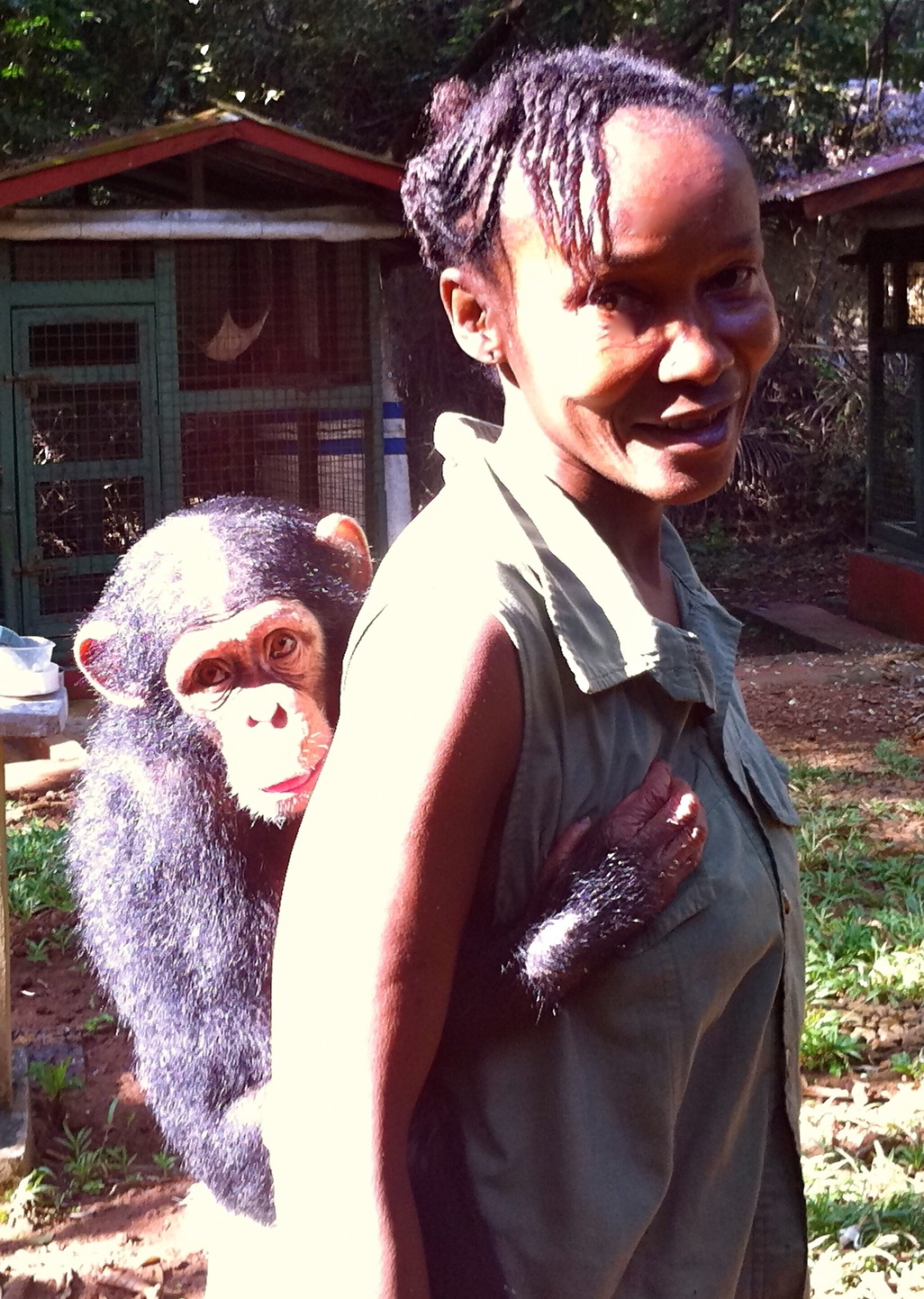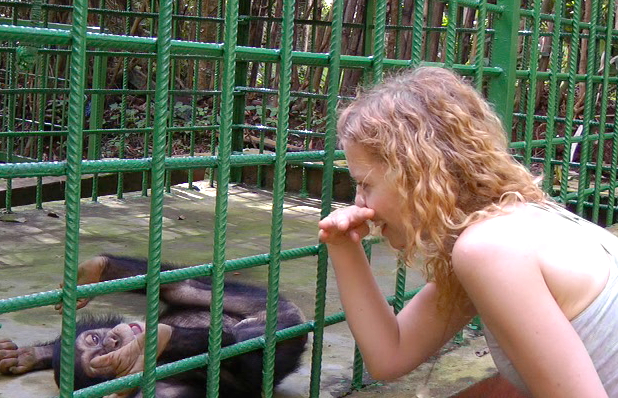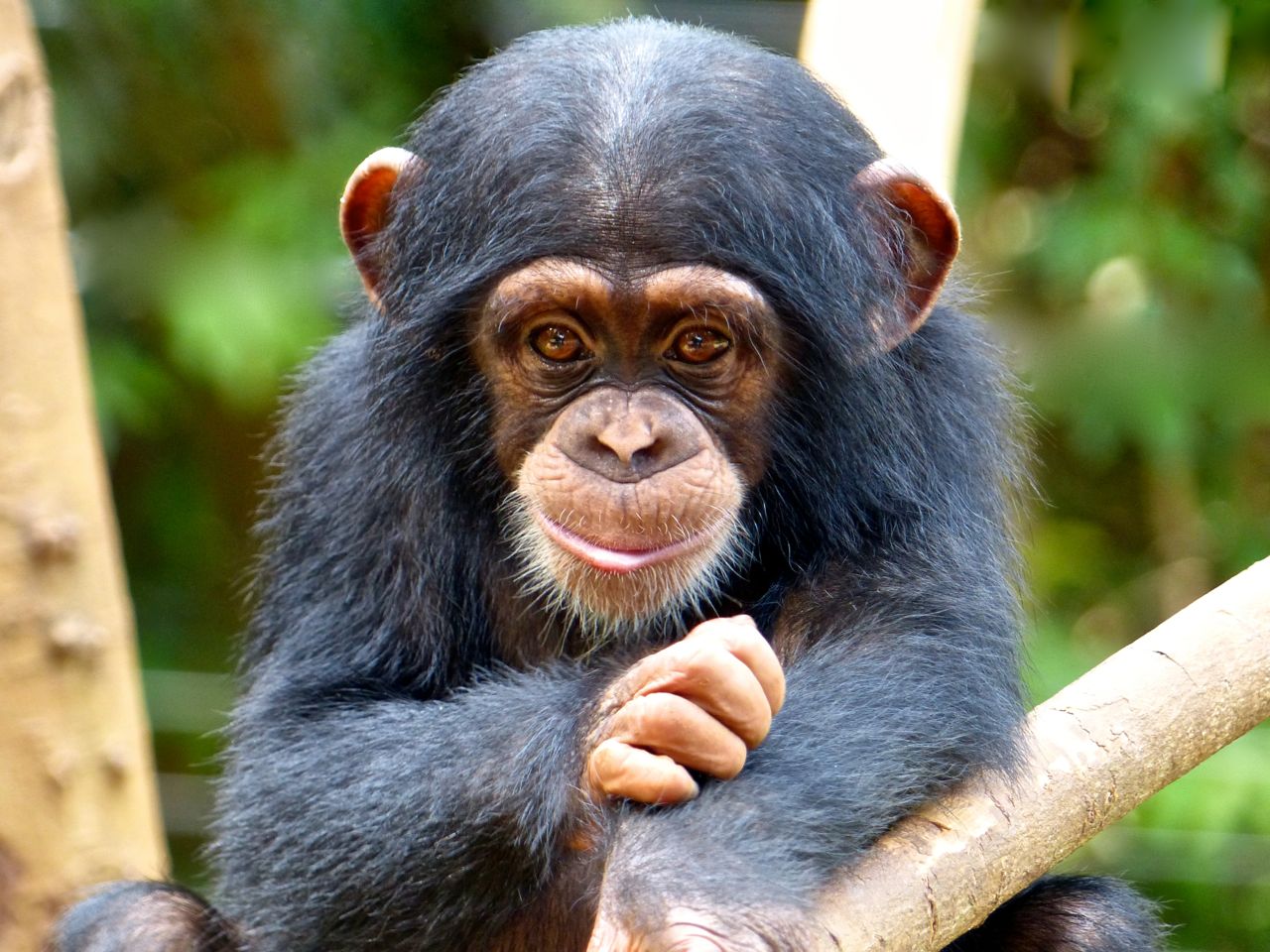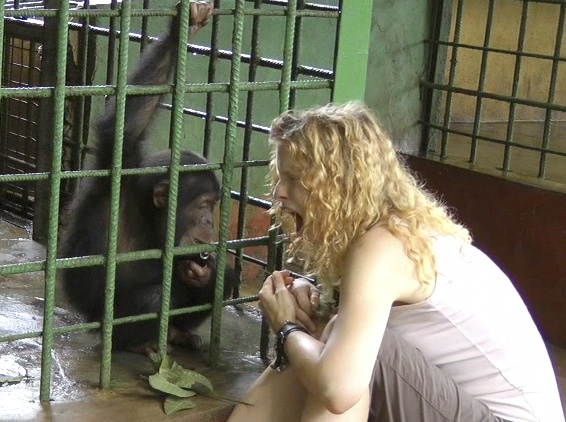
|
|
Madsen
EA, Persson T, Sayehli S, Lenninger S, Sonesson G (2013)
Chimpanzees show a develomental increase in susceptibility to
contagious yawning: A test of the effect of ontogeny and
emotional closeness. PLOS One Link to paper
Abstract:
Contagious
yawning has been reported for humans, dogs and several non-human
primate species, and associated with empathy in humans and other
primates. Still, the function, development and underlying mechanisms of
contagious yawning remain unclear. Humans and dogs show a developmental
increase in susceptibility to yawn contagion, with children showing an
increase around the age of four, when also empathy-related behaviours
and the ability to accurately identify others’ emotions begin to
clearly evince. Explicit tests of yawn contagion in non-human apes have
only involved adult individuals and examined the existence of
conspecific yawn contagion. Here we report the first study of
heterospecific contagious yawning in primates, and the ontogeny of
susceptibility thereto in chimpanzees, Pan troglodytes verus.
We examined whether emotional closeness, defined as attachment history
with the yawning model, affected the strength of contagion, and
compared the contagiousness of yawning to nose-wiping. Thirty-three
orphaned chimpanzees observed an unfamiliar and familiar human model
(their surrogate human mother) yawn, gape, or nose-wipe. Yawning, but
not nose-wiping, was contagious for juvenile chimpanzees, while infants
were immune to contagion. Like humans and dogs, chimpanzees are subject
to a developmental trend in susceptibility to contagious yawning, and
respond to heterospecific yawn stimuli. Emotional closeness with the
model did not affect contagion. The familiarity-biased social
modulatory effect on yawn contagion previously found among some adult
primates, thus seem to only emerge later in development, or be limited
to interactions with conspecifics. The influence of the ‘chameleon
effect’, perspective-taking and visual attention on contagious yawning
is discussed.
|
|

|




